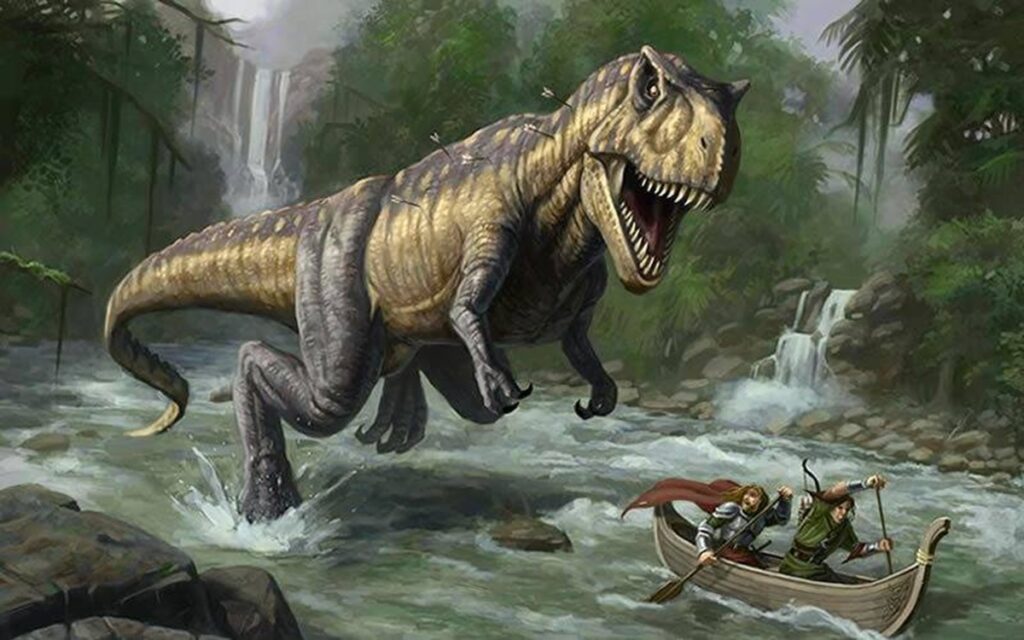Dinosaurs, those magnificent creatures that roamed the Earth millions of years before humans existed, have captured our collective imagination since their scientific discovery in the 19th century. However, long before paleontologists unearthed the first recognized dinosaur fossils, ancient civilizations across the world encountered these petrified remains and wove fantastic tales to explain their existence.
From dragons and giants to mythical beasts and cultural heroes, dinosaur fossils have influenced human storytelling and belief systems for millennia. This fascinating intersection of natural history and cultural mythology reveals how humans have always sought to explain the mysterious and unknown through narrative.
Let’s explore the diverse ways in which dinosaur remains have shaped mythology and folklore around the world, and how these ancient interpretations continue to influence our relationship with these prehistoric creatures today.
Ancient Chinese Dragon Myths and Dinosaur Fossils
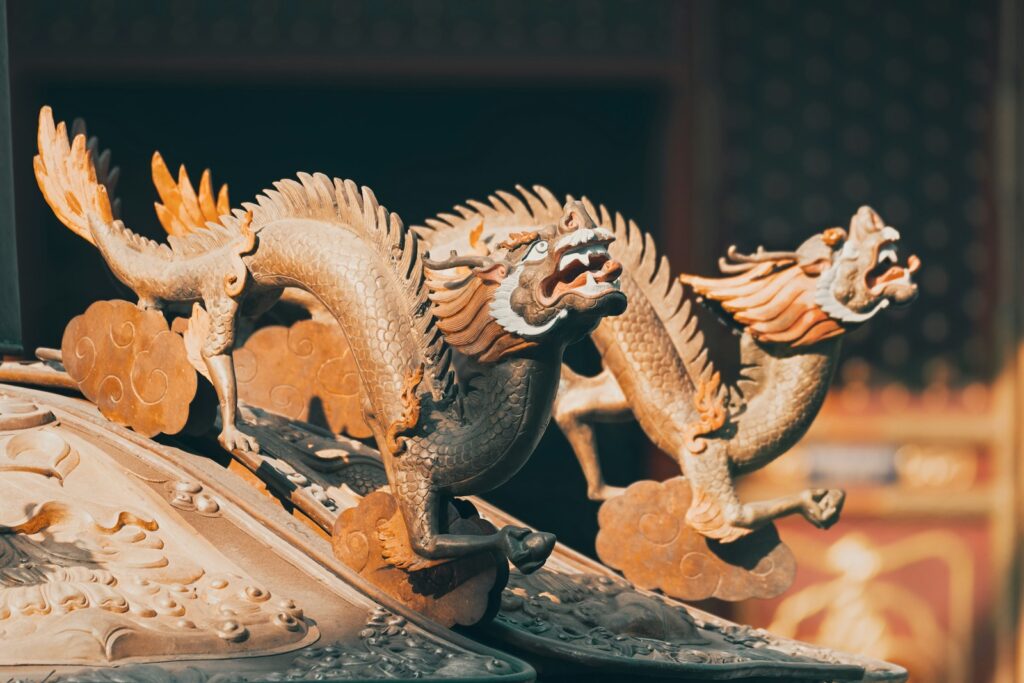
In ancient China, dinosaur fossils likely contributed to the development of dragon mythology, one of the most enduring connections between paleontological remains and folklore. Chinese villagers in Sichuan and other regions have been unearthing “dragon bones” for thousands of years, grinding them into powder for traditional medicines believed to cure various ailments.
Modern paleontologists have since confirmed that many of these “dragon bones” were actually dinosaur fossils, explaining why Chinese dragons were often depicted as terrestrial creatures rather than primarily serpentine or aquatic. The anatomical similarities between certain dinosaurs and traditional Chinese dragon imagery are striking, particularly in the depiction of large, powerful limbs, elongated necks, and impressive size.
This connection offers a compelling explanation for why dragons have remained such a central and consistent element in Chinese culture for over 2,000 years, acting as a cultural memory of creatures that once actually existed.
Native American Thunderbird Legends
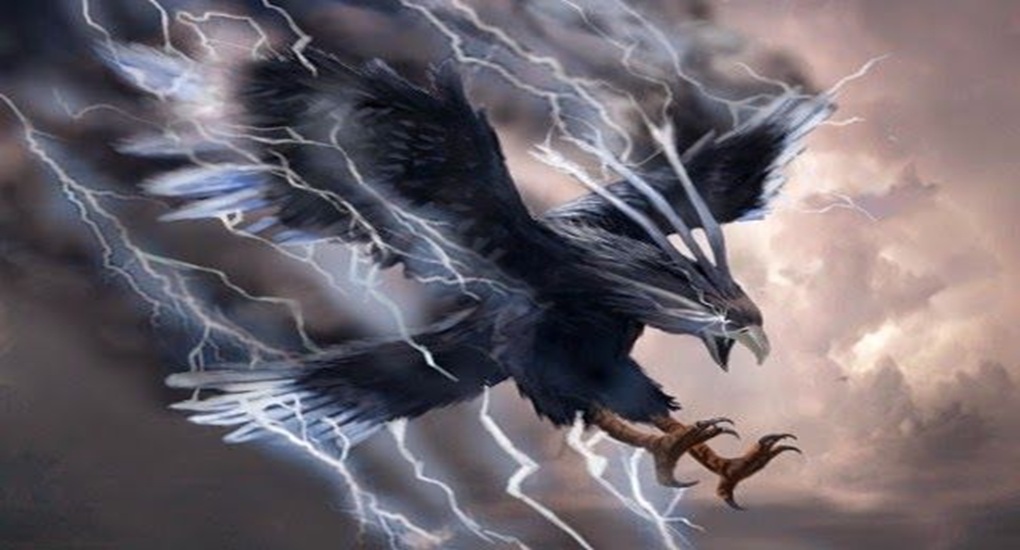
Native American tribes across North America developed legends of the thunderbird, a massive supernatural bird capable of creating storms with the beating of its wings. Archaeological evidence suggests that some of these tales may have been influenced by discoveries of pterosaur fossils, the flying reptiles that lived alongside dinosaurs.
Tribes in regions where these fossils were particularly abundant, such as the American Southwest and Great Plains, had especially detailed thunderbird mythologies that included descriptions remarkably similar to pterosaur anatomy. The Sioux and Lakota tribes described creatures with enormous wingspans, beaked mouths, and in some accounts, bodies covered with something other than feathers – details that align with pterosaur remains.
Similarly, the Navajo and Hopi described flying creatures of unusual appearance and terrifying size that would have matched the impressions left by pterosaur fossils. These connections suggest that indigenous peoples were observing and interpreting fossil evidence long before formal paleontology existed.
European Dragon Lore and Dinosaur Remains
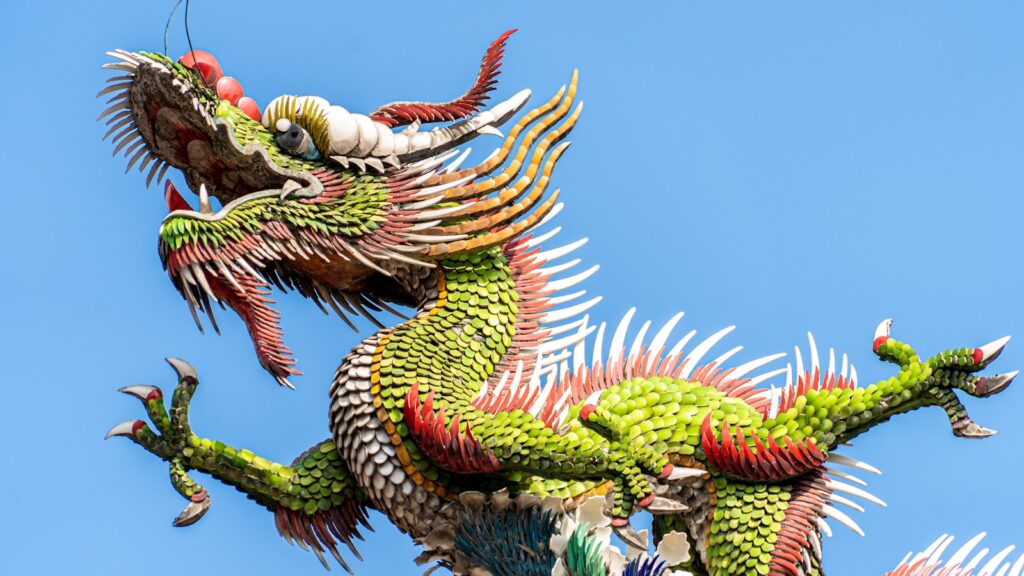
Throughout medieval Europe, discoveries of large fossilized bones contributed significantly to widespread belief in dragons and other mythical creatures. The remains of dinosaurs like Megalosaurus, later discovered to be common throughout parts of Europe, likely inspired many dragon legends when partially exposed by erosion or discovered during mining operations.
The city of Klagenfurt in Austria provides a compelling example with its famous Lindwurm fountain, featuring a sculpture of a dragon based on a rhinoceros skull found nearby in 1335 – though it was mistakenly believed to be the skull of a dragon. Similar incidents occurred throughout England, Germany, and France, where fossil discoveries were interpreted through the lens of existing folklore about dragons and monsters.
The classic European dragon, with its large body, powerful jaws, and sometimes winged form, bears striking similarities to various dinosaur species eventually discovered in these same regions. This suggests that European dragon mythology served as a pre-scientific attempt to explain fossil evidence that wouldn’t be properly understood until centuries later.
Greek Mythology’s Giants and Monsters
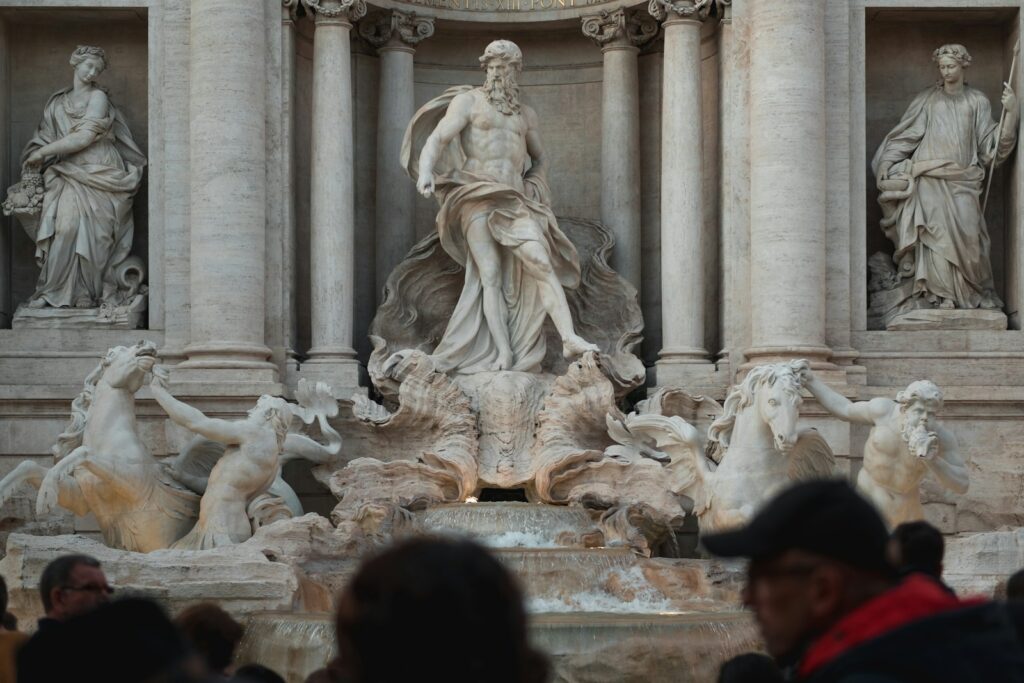
Ancient Greek mythology features numerous tales of giants, cyclopes, and fearsome monsters that may have been influenced by dinosaur and prehistoric mammal fossil discoveries. The Greeks were avid collectors of large fossilized bones, which they typically interpreted as remains of heroes from their mythological past or creatures like the cyclopes.
Archaeological evidence shows that ancient Greeks discovered significant dinosaur and mammoth fossils, particularly on islands like Samos and Sicily, where dense fossil beds contained remains of prehistoric elephants and other megafauna. The single nasal cavity in mammoth skulls likely contributed to the cyclops myth, as it resembles a single eye socket when viewed from certain angles. The myth of the griffin, with its eagle-like head and lion’s body, may have originated from Protoceratops fossils found along ancient trade routes in Central Asia.
Even the legendary battle between the gods and giants (Gigantomachy) could have been inspired by massive dinosaur remains encountered by early Greeks, providing supposed evidence for the existence of superhuman beings of extraordinary size and strength.
Adriatic Sea Serpents and Marine Reptile Fossils

Throughout the Mediterranean, particularly along the coasts of the Adriatic Sea, legends of sea serpents and marine monsters have persisted for centuries, likely influenced by the discovery of marine reptile fossils. The limestone formations of Croatia, Italy, and Greece contain abundant remains of ichthyosaurs, plesiosaurs, and mosasaurs – prehistoric marine reptiles that inhabited ancient seas during the age of dinosaurs.
These fossils, when discovered by fishermen or coastal inhabitants, presented bizarre anatomies unlike any known living creature: extremely long necks, paddle-like limbs, and massive skulls with impressive teeth. Historical records show that such discoveries were often interpreted as evidence of sea monsters or serpents thought to still inhabit the deep waters.
The famous sea monsters depicted in medieval and Renaissance maps of the Mediterranean often bear striking similarities to these marine reptile fossils, suggesting direct inspiration. Local folklore along the Adriatic coast still includes tales of encounters with strange marine creatures that match descriptions of these prehistoric reptiles, demonstrating how fossil discoveries shaped maritime mythology for generations.
African Dinosaur Legends
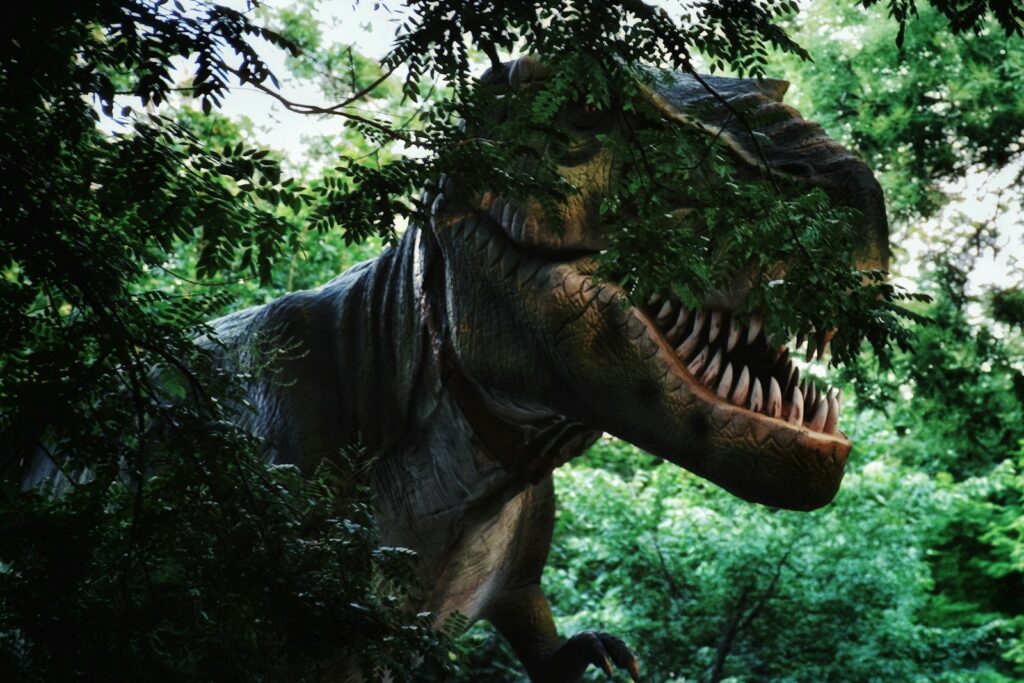
Across Africa, numerous indigenous cultures developed legends that appear to reference dinosaur fossils encountered in their territories. The Sahara Desert, once a lush tropical region, contains some of the richest dinosaur fossil beds in the world, particularly in countries like Morocco, Niger, and Tanzania. These accessible fossil sites likely influenced local mythology for thousands of years before formal paleontological study.
The Tuareg people of the Sahara have legends of enormous beasts that once ruled the land before being destroyed by the gods, potentially referencing the abundant sauropod and theropod remains in their territories. In East Africa, particularly among Maasai and related groups, stories persist of massive creatures larger than elephants that supposedly still lurk in remote regions – descriptions that closely match fossils of titanosaurs found throughout the region.
South African rock art from various indigenous groups occasionally depicts creatures that don’t match any known living animals but bear resemblance to dinosaur species whose fossils are found in the same areas. These connections suggest that across the continent, African peoples were observing, interpreting, and incorporating dinosaur fossils into their cultural narratives long before Western science recognized these remains.
Australian Aboriginal Dreamtime and “Bunyip” Creatures

Australian Aboriginal traditions include references to mysterious creatures in their Dreamtime stories that may have connections to dinosaur and prehistoric animal fossils found throughout the continent. The famous “bunyip,” a creature said to lurk in swamps, billabongs, and waterways, varies in description but often possesses features reminiscent of various prehistoric reptiles and mammals whose fossils are common in Australia.
Some Aboriginal rock art in Queensland and the Northern Territory depicts creatures with distinctive anatomical features not matching any modern animal but bearing similarities to dinosaurs and other prehistoric reptiles that once inhabited Australia. Particularly significant are the oral traditions from areas where dinosaur trackways have been discovered, such as the Broome region in Western Australia, where Aboriginal stories describe the footprints as belonging to giant ancestral beings from the Dreamtime era.
The Adnyamathanha people of the Flinders Ranges in South Australia have traditions of giant serpents and fearsome creatures that align with the rich fossil deposits in their traditional lands, which include remains of Australia’s unique prehistoric fauna. These connections suggest that Aboriginal Australians were observing and interpreting fossil evidence long before European colonization, incorporating these findings into their spiritual understandings of the land’s creation and history.
Mesoamerican Feathered Serpent Deities
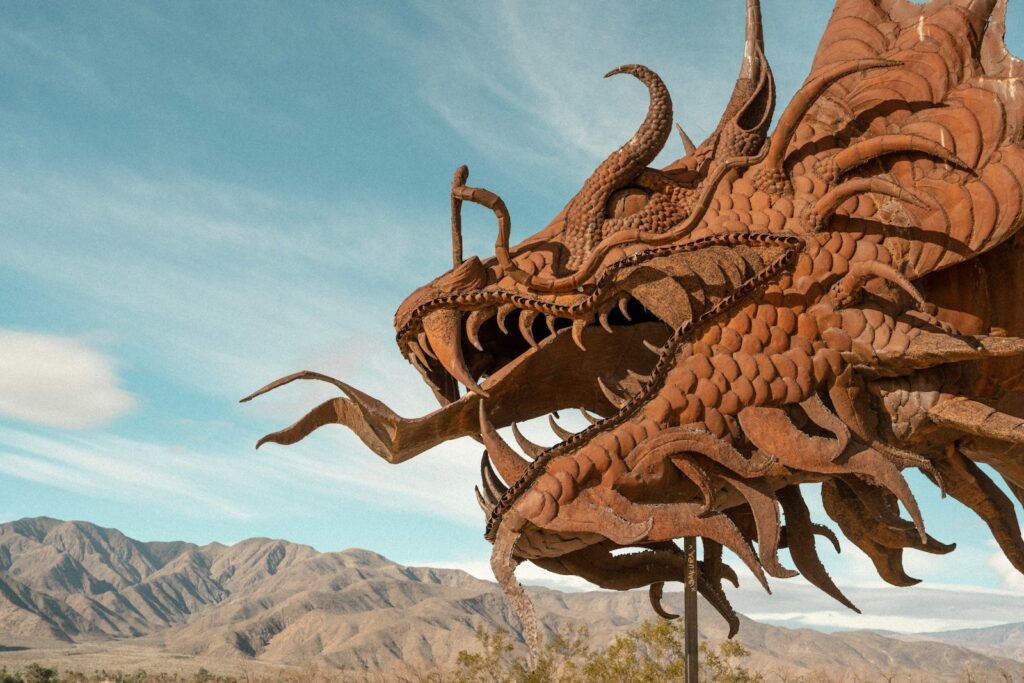
The prominent feathered serpent deities of Mesoamerican cultures, including the Aztec Quetzalcoatl and Maya Kukulkan, may have been influenced by discoveries of dinosaur remains throughout Mexico and Central America. The unusual combination of serpentine bodies with feathered or plumage-like features bears a striking resemblance to certain theropod dinosaurs that we now know possessed both scales and feather-like structures.
Archaeological evidence suggests that ancient Mesoamericans occasionally uncovered dinosaur fossils during construction projects and ceremonial excavations, particularly in regions like Oaxaca and the Yucatán Peninsula where dinosaur remains are relatively abundant. Some artifacts from these civilizations appear to depict creatures with anatomical features that don’t match any known living animal but closely resemble certain dinosaur species.
The significance of these feathered serpent deities in creation myths – often portrayed as beings from a previous world age – parallels the actual chronological relationship between dinosaurs and humans, with the former inhabiting Earth long before human emergence. This connection suggests that Mesoamerican peoples may have incorporated their observations of fossil evidence into their religious iconography, creating deities that reflected both the spiritual significance and the physical reality of creatures that once dominated their lands.
Medieval European “Giant” Discoveries
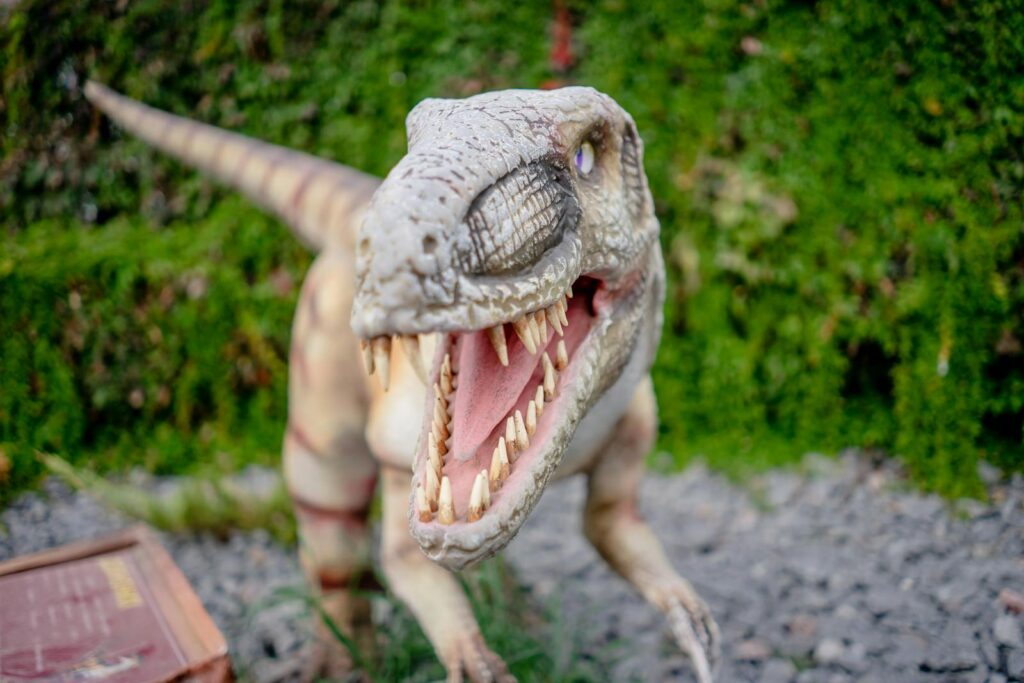
Throughout medieval and Renaissance Europe, discoveries of large dinosaur bones were frequently misinterpreted as the remains of biblical giants or heroes from classical mythology. Church authorities and local nobles often displayed these bones as proof of biblical accounts or evidence of legendary heroes, drawing pilgrims and reinforcing religious narratives.
A famous case occurred in 1577 when large bones uncovered near Lucerne, Switzerland were examined by the physician Felix Platter, who correctly identified them as belonging to a very large animal; however, local authorities declared them to be the remains of a giant mentioned in biblical sources. Similar incidents occurred across Europe, with dinosaur fossils being attributed to giants slain by saints, heroes from Greco-Roman mythology, or victims of Noah’s flood.
The femurs of large dinosaurs like Megalosaurus and Iguanodon were particularly likely to be misidentified as human giant remains due to their vague resemblance to enlarged human thigh bones. These misidentifications became so common that maps and local histories throughout Europe referenced sites where “giant bones” had been discovered, inadvertently documenting dinosaur fossil localities centuries before the science of paleontology would correctly identify them.
Siberian and Mongolian “Dragon” Excavations
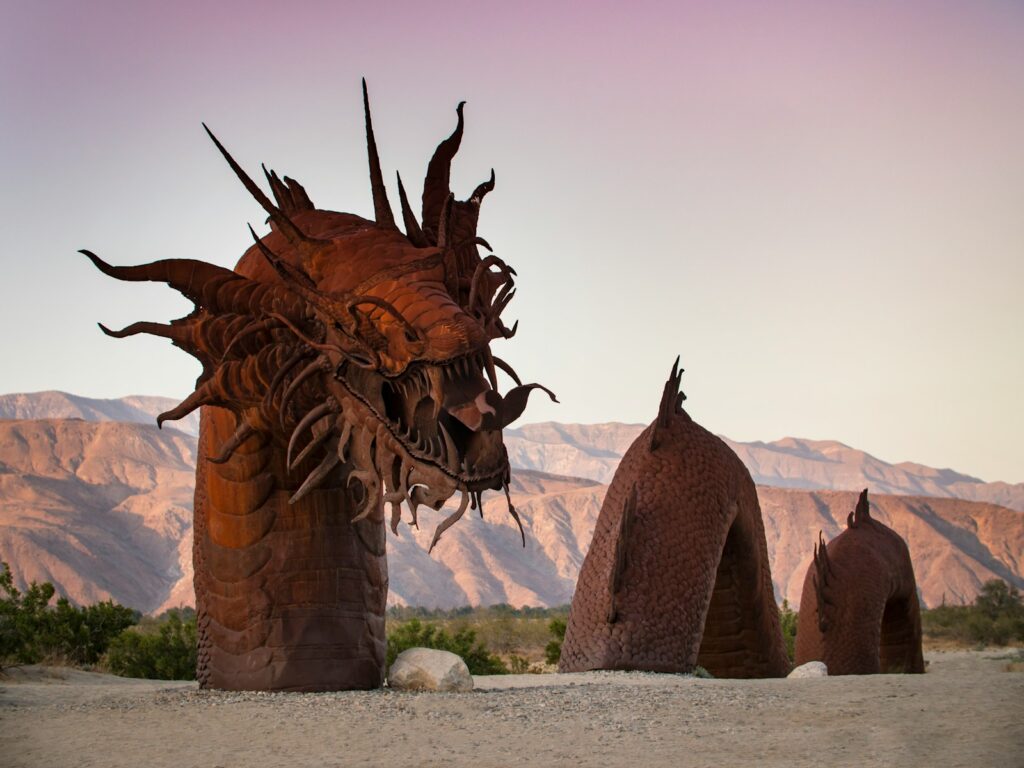
The steppes and deserts of Mongolia and Siberia contain some of the world’s richest dinosaur fossil beds, regions where local peoples have been discovering strange bones for thousands of years before modern paleontology. Traditional Mongolian and Siberian folklore is filled with tales of dragons and massive beasts that once roamed the land, likely inspired by the dinosaur remains abundantly preserved in the Gobi Desert and similar arid environments.
Historical records show that Chinese emperors specifically sent expeditions to Mongolia to collect “dragon bones” for medicinal purposes, unknowingly gathering dinosaur fossils that were ground into powder for traditional remedies. Local shamanic traditions often incorporated these fossil sites into their spiritual geography, considering them places where the remains of powerful spirits or mythological creatures rested.
The remarkable preservation of dinosaur remains in these regions – sometimes including skin impressions, eggs, and complete skeletons – would have provided particularly vivid evidence for local peoples to incorporate into their cultural narratives.
Modern paleontological expeditions to Mongolia and Siberia have frequently been guided to productive fossil sites by local nomads whose traditional knowledge of “dragon bone” locations has been passed down through generations, demonstrating the long-standing awareness of these remains in local cultures.
Modern Cryptozoology and Living Dinosaur Myths

The field of cryptozoology – the search for animals whose existence lacks scientific proof – often focuses on creatures that bear striking resemblances to dinosaurs, suggesting the lasting impact of dinosaur fossils on our collective imagination. The most famous example is the supposed Loch Ness Monster, frequently depicted as resembling a plesiosaur, a marine reptile that lived alongside dinosaurs.
Similarly, reports of “mokele-mbembe” from the Congo Basin describe a creature matching the general appearance of a sauropod dinosaur, complete with long neck, small head, and massive body. Cryptozoological expeditions searching for these creatures often cite indigenous legends and reported sightings as evidence, though scientific consensus firmly establishes that non-avian dinosaurs became extinct approximately 66 million years ago. The persistence of these living dinosaur myths likely reflects both the powerful impact dinosaur discoveries have had on popular culture and the human tendency to interpret unusual experiences through familiar frameworks.
These modern myths represent a continuation of the ancient practice of creating narratives to explain encounters with dinosaur remains, updated for an era where we know what dinosaurs were but still find their complete absence from the modern world difficult to accept emotionally. The enduring appeal of cryptids like “living dinosaurs” demonstrates how dinosaur fossils continue to spark our imagination and storytelling instincts even in the scientific age.
Dinosaurs in Contemporary Pop Culture and Mythology

Modern popular culture has created its own mythology around dinosaurs, one that both draws from ancient interpretations and establishes new narratives that reflect contemporary concerns and fascinations. Films like “Jurassic Park” have established modern dinosaur myths that explore humanity’s relationship with these creatures, often portraying them as forces of nature that cannot be controlled by human technology.
The persistent trope of dinosaurs being brought back to life through various scientific means represents a modern take on resurrection myths, updated for an age of genetic engineering and biotechnology. Video games, children’s media, and literature frequently depict dinosaurs with personalities and social structures that, while scientifically speculative, fulfill our desire to know these creatures as characters rather than just ancient animals.
Museum displays of dinosaur skeletons serve as modern equivalents of the medieval practice of displaying “dragon bones” in churches and public squares, providing communities with tangible connections to prehistoric times. The scientific accuracy of these representations has increased dramatically, but they continue to serve similar cultural functions as ancient dinosaur myths – helping humans process the reality of these extraordinary creatures and our relationship to deep time.
These modern narratives demonstrate that while science has replaced mythology as our primary tool for understanding dinosaurs, our fundamental need to tell stories about these creatures remains unchanged.
Cultural Memory and Fossil Interpretation
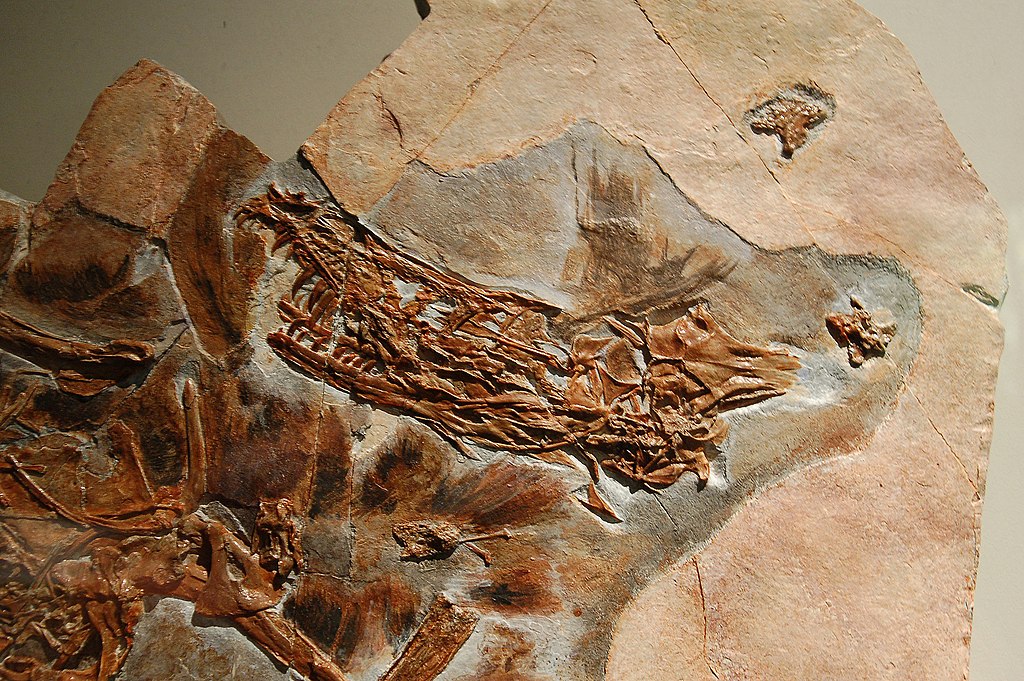
The relationship between dinosaur fossils and world mythology raises fascinating questions about human cultural memory and our innate drive to make sense of the natural world. The consistent patterns across cultures – interpreting large fossils as evidence of dragons, giants, monsters, or mythical heroes – suggests something universal about how humans process encounters with the remains of creatures unlike any in living memory.
Across six continents, human societies independently developed mythological frameworks to explain dinosaur fossils, demonstrating both our species’ observational skills and our need for narrative cohesion. These pre-scientific interpretations were not simply wrong but represented the best explanatory models available to people without access to concepts like extinction or deep geological time.
The persistence of these mythological interpretations for thousands of years suggests they served important cultural functions beyond mere explanation, possibly helping societies establish connections to their landscapes and histories. Modern paleontology doesn’t invalidate these cultural interpretations but rather provides context for understanding how humans have always struggled to comprehend the immense timeline of Earth’s history and the strange creatures that preceded us.
The evolution from mythological to scientific understanding of dinosaur fossils represents one of humanity’s most significant intellectual journeys, though the emotional impact of encountering these remains continues to inspire storytelling even in our scientific age.
Conclusion

The relationship between dinosaur fossils and human mythology represents one of the most fascinating intersections of natural history and cultural development. Long before the formal science of paleontology, human societies across the world were discovering, interpreting, and incorporating dinosaur remains into their understanding of the world and its history.
Whether transformed into dragons, giants, monsters, or cultural heroes, these ancient creatures have shaped human storytelling for millennia. The consistent patterns in these interpretations speak to fundamental aspects of human cognition and our need to create meaningful narratives from mysterious evidence. As modern science has revealed the true nature of dinosaurs, we haven’t abandoned our drive to mythologize them – we’ve simply updated our stories to reflect new understanding.
From ancient Chinese dragons to blockbuster films, dinosaurs continue to occupy a unique position in human culture, bridging our scientific understanding of the past with our enduring need for wonder and imagination.

